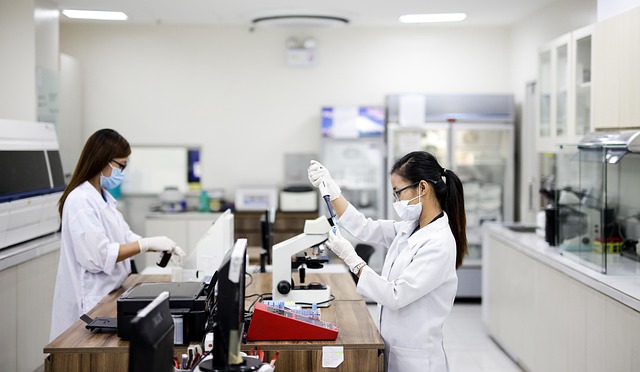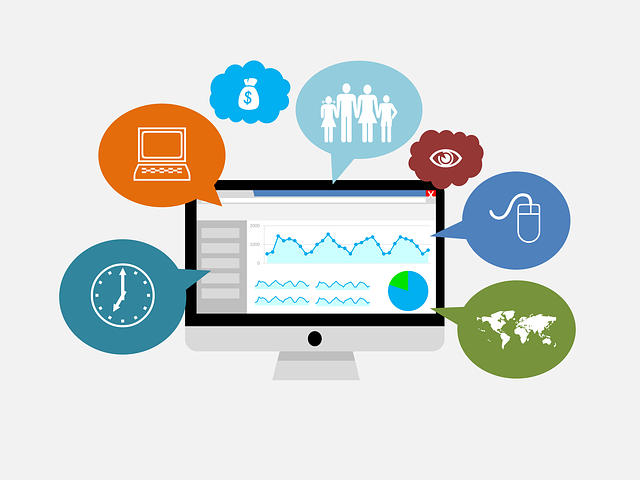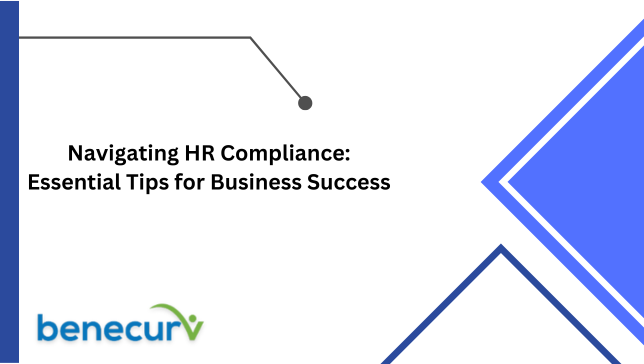Communication Tips for Remote Scribes and Providers

Strong 8k brings an ultra-HD IPTV experience to your living room and your pocket.
The partnership between remote scribes and healthcare providers is becoming increasingly vital as medical practices adopt flexible, digital-first operations. While this model offers convenience and cost-efficiency, it also demands a new standard of communication. Remote scribes, who support providers by documenting patient encounters from a distance, must stay aligned with physicians in real-time despite not sharing a physical space. For both sides, mastering clear, consistent communication is essential for accuracy, speed, and workflow harmony.
This article offers practical and persuasive guidance for optimizing the working relationship between providers and remote medical scribe services. From establishing expectations to using feedback loops and refining tone, these communication strategies help ensure the documentation process remains seamless, even in a remote setup.
###ANCHOR1###1. Start with a Clear Onboarding Process
One of the most overlooked components of successful remote scribes collaboration is a robust onboarding process. Before beginning their role, scribes should undergo orientation sessions tailored to the provider’s clinical style, documentation preferences, and workflow pace.
Providers should take the time to walk remote scribes through typical encounter types, highlight preferred phrasing for SOAP notes, and clarify how they want information structured. This upfront investment reduces miscommunications later and speeds up scribe adaptation.
Creating an onboarding checklist or recorded walkthroughs of mock visits can be especially helpful for training and future reference.
###ANCHOR2###2. Define Communication Channels and Cadence
Remote scribes need structured, consistent ways to communicate with their assigned providers. Whether via secure messaging, scheduled debriefs, or audio instructions, the channels should be clear, HIPAA-compliant, and easy to access during or after patient interactions.
It’s equally important to agree on when and how often scribes can reach out. For instance, providers may prefer end-of-day reviews for clarifications, or they may allow quick questions via a chat tool in between appointments. Setting this cadence helps reduce interruptions and ensures messages are addressed in a timely manner.
###ANCHOR3###3. Use Standard Terminology and Abbreviations
To eliminate confusion, remote scribes and providers should agree on standardized terminology and abbreviations that match the EMR system and medical specialty. Misinterpretations caused by inconsistent language can compromise patient safety and delay record finalization.
Developing a shared glossary of frequently used terms, common abbreviations, and preferred shorthand can help scribes document more efficiently. This list should be reviewed and updated regularly to account for any workflow or system changes.
###ANCHOR4###4. Practice Active Listening and Documentation
Remote scribes must develop the skill of active listening—not just hearing words, but understanding context and nuance. Because they cannot see the provider or patient during an encounter in most setups, remote scribes must rely on verbal cues to capture accurate and complete notes.
Providers can assist by speaking at a steady pace, minimizing background noise, and clearly marking the beginning and end of key points during the encounter. For example, saying, “Assessment: Patient appears stable with controlled hypertension,” alerts the scribe to begin the assessment section.
Training sessions that simulate real-time calls can enhance this synergy, allowing both sides to refine their rhythm and reduce misinterpretation.
###ANCHOR5###5. Implement a Real-Time Feedback Loop
Feedback is essential for continuous improvement, especially for remote scribes who don’t receive in-office coaching. Providers should offer timely, constructive input—ideally within 24 hours—on documentation quality, formatting, or any missed information.
Instead of only pointing out errors, providers should highlight what the scribe did correctly to reinforce good habits. Likewise, scribes should feel empowered to ask questions or request clarification without hesitation, fostering a two-way improvement process.
Weekly or bi-weekly virtual check-ins are an excellent format for discussing trends, setting goals, and reinforcing accuracy.
###ANCHOR6###6. Personalize the Interaction
Even though remote scribes work behind the scenes, building rapport with their provider is important. Simple gestures like using first names, showing appreciation, or acknowledging work milestones help create a positive environment that enhances collaboration.
Providers who treat scribes as part of the clinical team tend to see better outcomes. A sense of mutual respect leads to more engagement, fewer miscommunications, and a smoother workflow for all involved.
When possible, occasional video calls can add a personal touch and allow both sides to read non-verbal cues and strengthen trust.
###ANCHOR7###7. Use Templates and Macros Wisely
To reduce redundancy and enhance clarity, providers and remote scribes can develop templates or macros for common visit types, especially in high-volume specialties. However, overuse or poorly customized templates can introduce errors or generic notes that fail to capture the patient’s unique presentation.
The key is for remote scribes to treat templates as a starting point—not a substitute for attentive documentation. Providers should review templated notes periodically to ensure they reflect their current documentation standards and avoid copy-paste habits.
###ANCHOR8###8. Align on EMR Navigation Preferences
Each provider interacts with their electronic medical record system differently. Some prefer data entered in structured fields, while others like narrative sections. Remote scribes must understand these nuances to tailor documentation accordingly.
Having a shared screen walkthrough or EMR “cheat sheet” can clarify where specific information should be input. This not only speeds up documentation but also prevents back-and-forth corrections.
Additionally, learning the provider’s naming conventions for procedures, medications, or referrals ensures records are consistent and easy to audit.
###ANCHOR9###9. Stay Professional During High-Pressure Moments
In busy clinical settings, tensions can rise, especially when schedules are tight or technology fails. Remote scribes and providers must maintain professionalism even during stressful moments.
When mistakes occur, the focus should be on solving the issue collaboratively—not assigning blame. Providers can use calm, clear instructions to explain corrections, while scribes should respond with receptiveness and a problem-solving attitude.
Mutual professionalism builds a productive, respectful working relationship that endures challenges.
###ANCHOR10###10. Encourage Continuous Learning
Healthcare is an ever-evolving field. Remote scribes should stay up to date on medical terminology, documentation standards, and EMR updates through regular training. Providers, in turn, should encourage this development and offer resources or feedback to support learning.
Some clinics even provide scribes access to non-confidential training materials or invite them to attend virtual case discussions. The more scribes understand the provider’s specialty and thought process, the more efficiently they can document care.
###ANCHOR11###Conclusion: Strong Communication, Stronger Outcomes
The collaboration between remote scribes and providers hinges on communication. When expectations are clearly defined, feedback is welcomed, and mutual respect guides the interaction, both sides benefit. Documentation becomes more accurate, the provider’s time is better protected, and patient care is delivered with greater focus and fewer distractions.
As remote scribes continue to reshape the way medical records are handled, developing these communication habits will be crucial to sustaining quality and building trust. Whether you’re a provider looking to ease your workload or a scribe aiming for excellence, investing in communication is the key to making remote collaboration not just functional—but exceptional.
Note: IndiBlogHub features both user-submitted and editorial content. We do not verify third-party contributions. Read our Disclaimer and Privacy Policyfor details.







